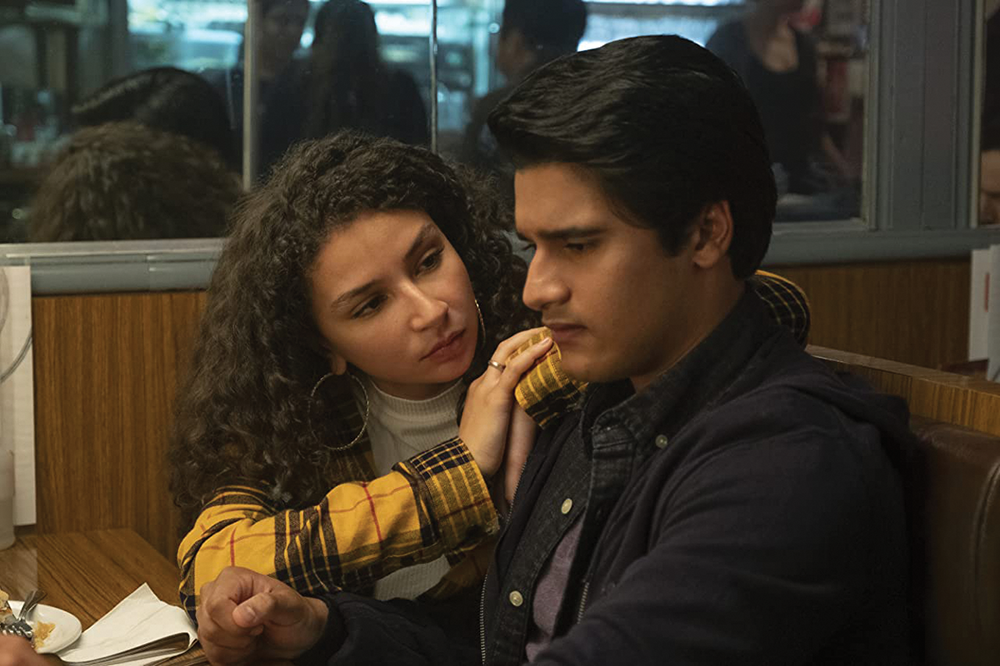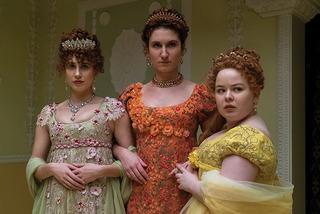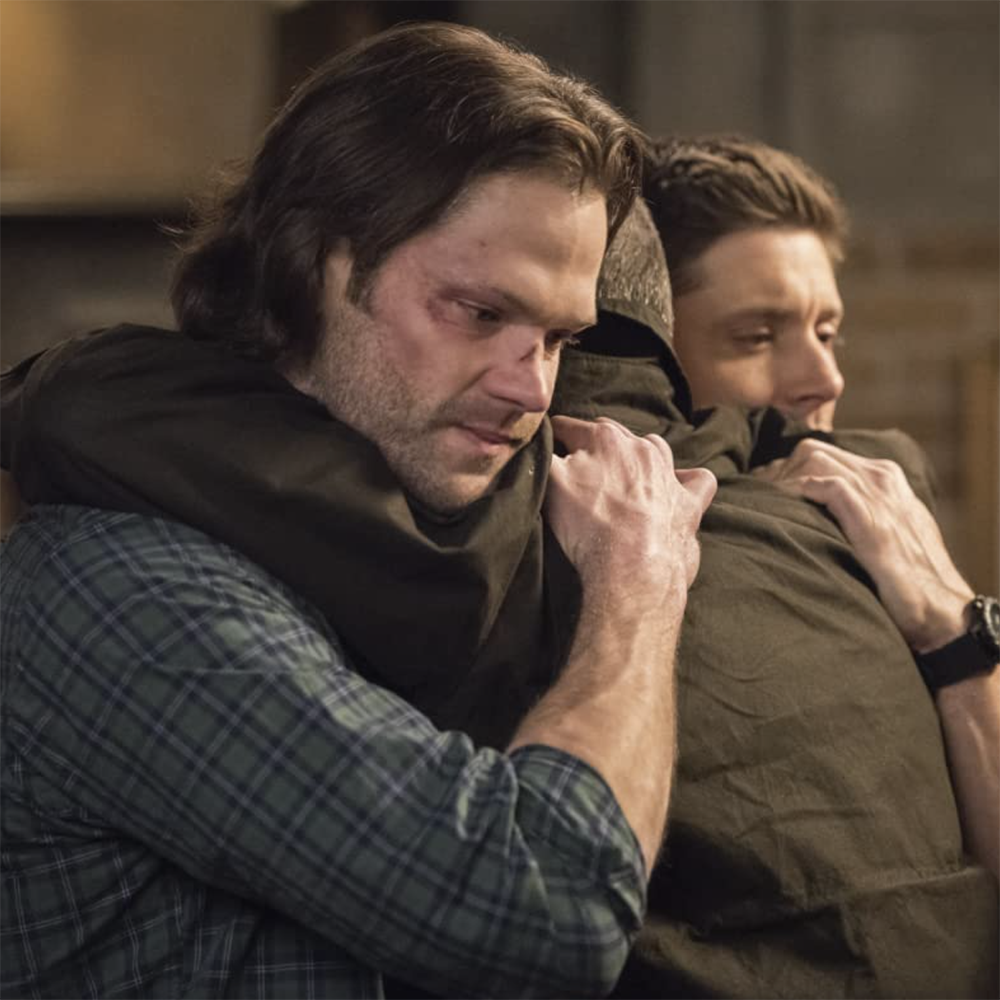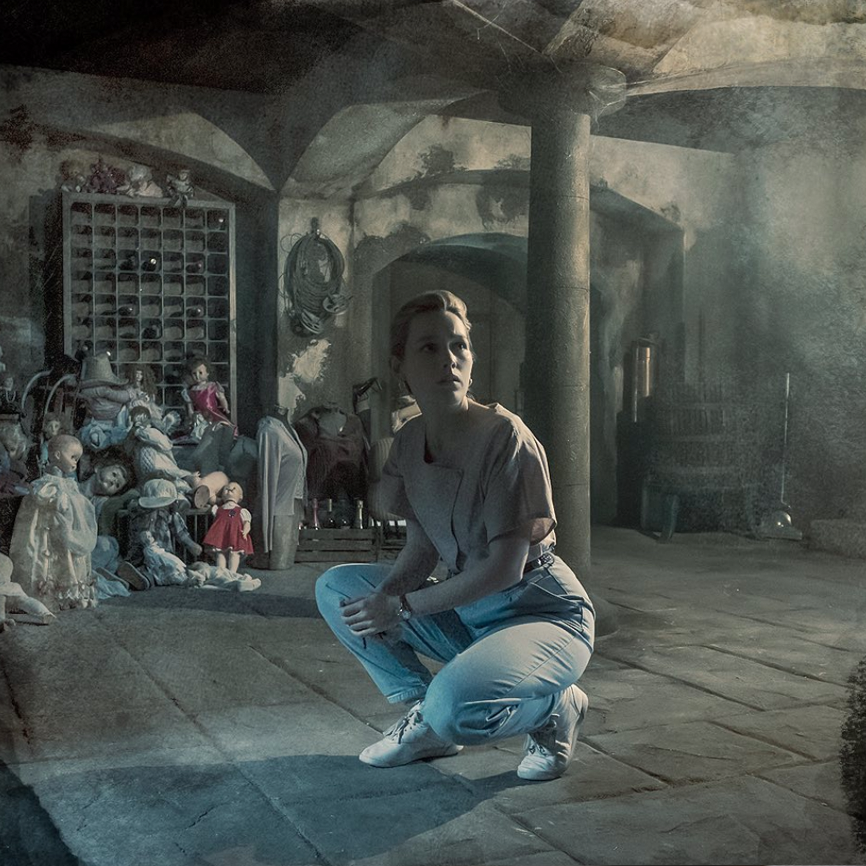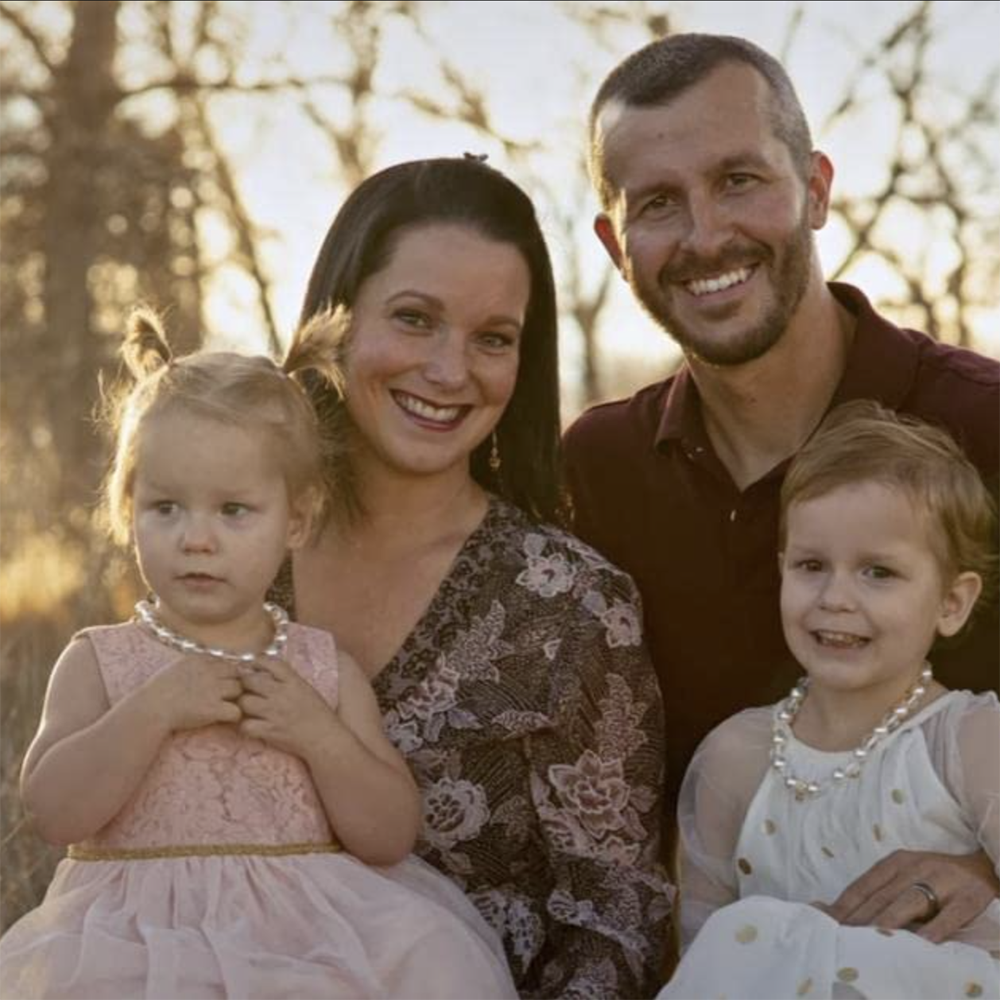★★★★☆
This article discusses sexual assault. Please refer to the end of the article for on- and off-campus resources.
By trading soapy plotlines for the subtleties of everyday conflict, “Grand Army” stands out among high school TV dramas. The series shines in its accurate portrayal of the modern high school experience and displays uncommon social awareness as it embroils the characters in conflicts extending beyond the walls of their Brooklyn high school. “Grand Army” characters face issues with the school-to-prison pipeline, financial insecurity, sexual assault and more.
Despite being compared to shows like “Euphoria” and “Riverdale,” the content and aesthetics of “Grand Army” are most similar to “Degrassi,” a popular high school drama from the early 2000s. Unlike the fluorescent dreaminess of “Euphoria” or the dark retro town of “Riverdale,” the plain lighting and camera work of “Grand Army” support its intention to be a realistic lens into the lives of actual teenagers.
The show successfully and consistently grounds its characters in the same world as its viewers. We hear sound bites of popular podcasts and news announcements from early 2020. The students carry out text conversations while simultaneously listening to music, scrolling through social media and skimming news articles. The influx of content is particularly reflective of the digital age, accurately highlighting the awareness today’s high schoolers have of the world around them.
The nine-episode series divides its plot lines between an ensemble cast of five diverse main characters and displays a refreshing strength in portraying intersectional issues. For instance, the show tells the story of Sid, a young Indian American boy struggling with his sexuality and an environment of heightened racism because of a recent terrorist attack. His story is a contemporary coming out story, which reminds the audience that casual microaggressions and homophobia remain ever-present in today’s world.
However, “Grand Army” does not idealize any character because of the barriers they have to overcome, and Sid is no exception, as he perpetuates ableist ideas and is complicit in acts of sexism early on in the series. The level of dimension present in the characters is a strong point in the show. Since every main character inhabits a moral gray area and is portrayed as a real human being, the audience cannot blindly choose a protagonist, enriching the experience of the story.
There is one strange storytelling choice that veers away from the otherwise muted visuals in “Grand Army”: the occasional animation sprinkled through the series. These instances remain exclusive to the narrative of Leila, an insecure and frequently impulsive first-year student. She grapples with new sexual experiences as well as conflict with her identity as the Chinese child of adoptive Jewish parents. The animation is often jarring and confusing, portraying graphic scenes that do little to add clarity to our understanding of Leila’s internal conflict.

While the show does portray microaggressions and casual racism, these issues do not seem to stray far from the series’ own writers room. Shortly after the show was released on Netflix, people of color on the writing team publicized their experience with racism in the writers room through a series of tweets. These allegations, which include accusations that showrunner Katie Cappiello verbally attacked a Black writer for getting a haircut, cannot be separated from the way the show handled its characters of color.
One plotline in particular garnered a critical response in its portrayal of Black trauma. Dom is a student tasked with financially supporting her Haitian immigrant family while trying to pursue her dreams of studying psychology. Critics of Dom’s character argue her story toes the lines of poverty porn and the harmful stereotype of aging up Black female characters in comparison with their counterparts. The fact that some Black writers on the show were dissatisfied with the direction of Dom’s life calls into question whether the story we are watching is a genuine portrayal of Black trauma.
Newcomer Odessa A’zion gives an outstanding performance in her first acting role as Joey Del Marco, a popular feminist student at Grand Army who undergoes an extremely traumatizing experience of sexual assault, followed by a slew of injustices and insensitive responses from those around her.
Joey is a fixture in the series, participating in some capacity in nearly everyone’s plot lines. Her character’s commitment to feminism and social activism are directly contrasted by her prominent blind spot for intersectionality. Joey’s tunnel-vision activism is acknowledged in the show through Instagram posts that call out her white feminism, and it is displayed when she catapults a Black student into the school-to-prison pipeline without considering the outcomes of this unjust system. Joey’s testimony in a case that leads to the suspension of a Black male student leads to criticism of her character, which is one of the stronger elements of the drama.
Although “Grand Army” succeeds in constructing a realistic portrayal of life in high school, it sometimes fails to extend past exposition to deliver a clear message. At times, this subtlety can promote conversation and inspire the audience to think through the nuance of present-day social issues. At other times, this lack of conviction results in contradictory messages. One example is when Leila, a student who is bullied by students who speak Mandarin, tells the bullies to “speak fucking English.” The moment is played out as triumphant, but the optics of the messaging is misguided, clouding the anti-bullying sentiment with an unethical action on Leila’s part.
Few shows capture the teenage experience with as much honesty and accuracy as Netflix’s “Grand Army.” Although the series has its fair share of faults on- and off-screen, there is a chance they may be further addressed and potentially remedied in a yet-to-be-announced second season. With a hopefully more respectful and inclusive writers room, “Grand Army” has the potential to deliver strongly in its sophomore season.
Resources: On-campus confidential resources include Health Education Services (202-687-8949) and Counseling and Psychiatric Services (202-687-6985); additional off-campus resources include the D.C. Rape Crisis Center (202-333-7273) and the D.C. Forensic Nurse Examiner Washington Hospital Center (1-844-443-5732). If you or anyone you know would like to receive a sexual assault forensic examination or other medical care — including emergency contraception — call the Network for Victim Recovery of D.C. (202-742-1727). To report sexual misconduct, you can contact Georgetown’s Title IX coordinator (202-687-9183) or file an online report here. Emergency contraception is available at the CVS located at 1403 Wisconsin Ave. NW and through H*yas for Choice. For more information, visit sexualassault.georgetown.edu.


